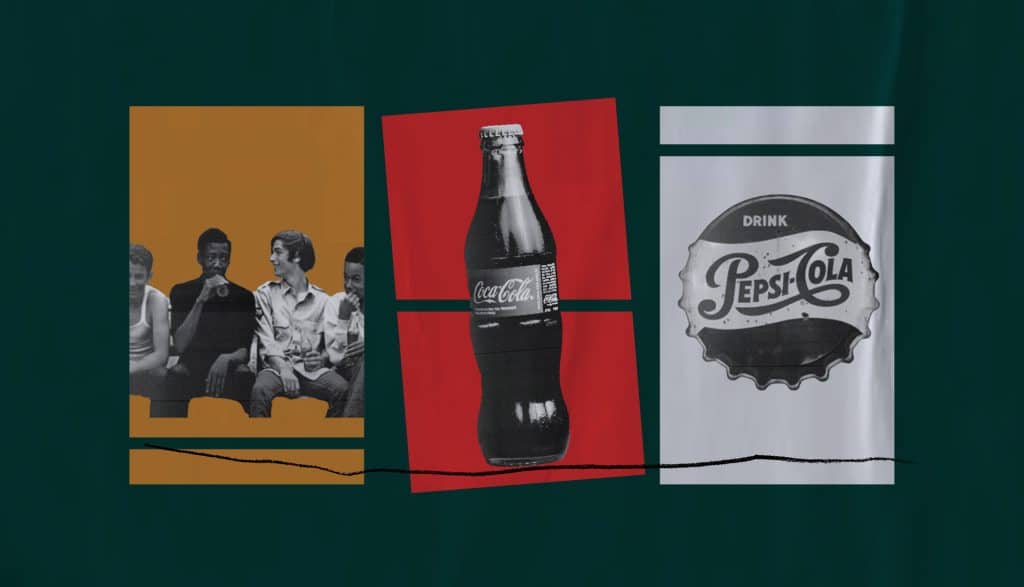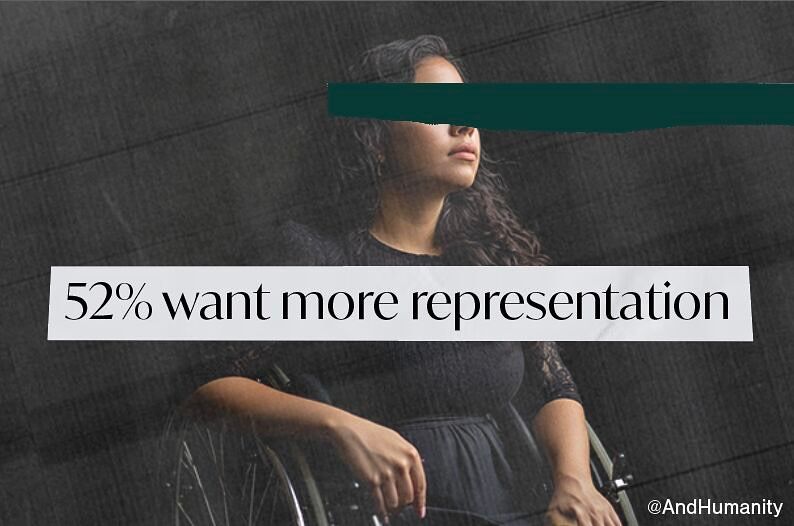I’m a self-identified long-time Diet Coke drinker. I don’t drink coffee, I don’t drink beer, and I rarely drink alcohol, but I do drink Diet Coke. It’s been a consistent part of my routine, a small comfort I’ve relied on for years.
So when I started digging into the history of Coca-Cola and its relationship with Black communities, I found myself deeply conflicted.
Coca-Cola was originally only sold at lunch counters through soda fountains, spaces that were strictly segregated. These were places Black folks weren’t allowed to enter, let alone sit and enjoy a drink. That made Coca-Cola easy to control and preserve as a “white” beverage. But once bottling became widespread and Coke could be accessed by anyone, things changed, especially in the eyes of those trying to maintain racial hierarchies.
At that time, Coca-Cola still contained cocaine (yes, actual cocaine. The soda was positioned as medication, a health elixir and ‘safe’ enough for babies…because it would stop them from crying). And while that wasn’t initially seen as a problem, the idea of Black people having easy access to a cocaine-laced beverage caused panic, not because of health concerns, but because of racist fears around Black bodies and drug use. That fear led Coke to quietly remove the cocaine from its formula. Not because it was dangerous for everyone, but because the combination of cocaine and Black folks was perceived as too “dangerous” to allow.
From there, Coca-Cola doubled down. The brand actively excluded Black consumers from its marketing and discouraged their visibility as Coke drinkers, worried that the image of Black people enjoying their soda would devalue what had once been a symbol of white exclusivity.
Meanwhile, Pepsi took a completely different approach. In the 1940s, Edward F. Boyd led an all-Black sales team at Pepsi to specifically reach out to Black communities. This wasn’t performative, it was a real effort to acknowledge, respect, and market to a group that had been ignored or actively shut out. Pepsi’s ads featured confident, successful Black folks at a time when that kind of representation was virtually unheard of.
It made a lasting difference. Pepsi built loyalty, trust, and community, while Coca-Cola tried to maintain distance and control.
So here I am, full circle. A Diet Coke drinker sitting with this complicated history. It’s hard not to feel a mix of loyalty and discomfort. This story reminds me that even the most everyday choices, what we drink, what we support, can have deep roots.
And so here we are today, with Coke, Costco, and Apple taking visible steps to stand on the right side of history, and Target, Walmart, and Pepsi making choices that have landed them elsewhere. Brands are symbols that hold value, but it’s the people behind the brand who speak those values into existence.
Marketers, where do you stand?
Sources:
- The Story Coca-Cola Tries to Hide from You | One Mic History (YouTube)
- A Brief History of Racist Soft Drinks | The Atlantic
Learn more about what we do and who we do it for on our services page.
Sign up for our newsletter here for more insights on marketing, advertising, communications, and how the industry intersects with inclusion.









